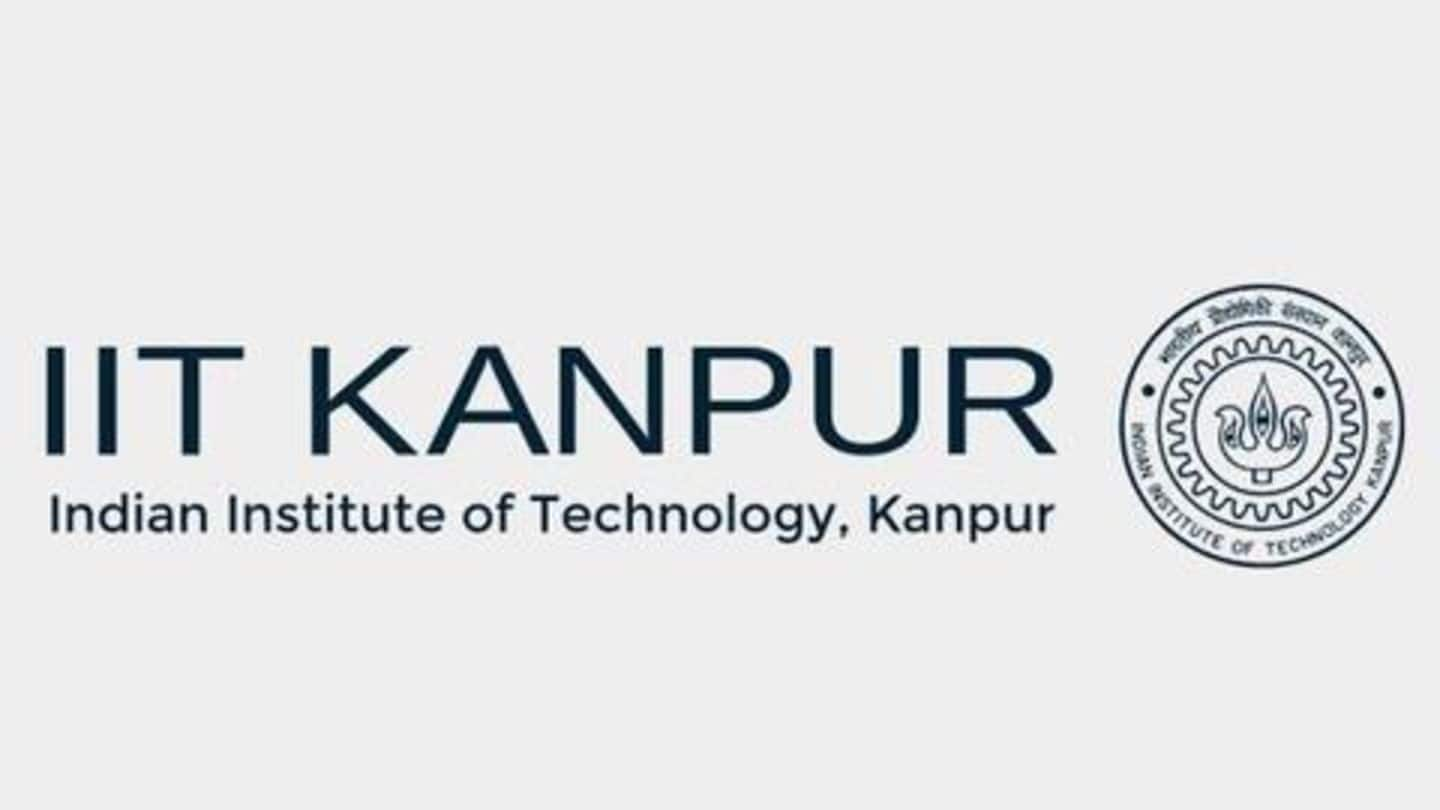
IIT-Kanpur's plan to wash away Delhi's pollution awaits clearance
What's the story
In an unprecedented approach to tackling pollution in India, the Central Pollution Control Board (CPCB), in collaboration with IIT-Kanpur, had earlier announced plans to wash away Delhi's toxic air using artificial rains. Now, it has been reported that the aircraft to be used to create artificial rains is awaiting clearances from the concerned authorities. Here's what we know.
Backstory
How IIT-Kanpur plans to create artificial rains
On November 6, it was reported that the CPCB and IIT-Kanpur, using an ISRO aircraft, would use a technique called cloud seeding to create artificial rains in a bid to wash away air pollution in Delhi. The unprecedented move came in the wake of air quality levels in Delhi reaching hazardous levels, and efforts at creating artificial rains were to commence from November 10.
Cloud seeding
What exactly is cloud seeding?
Cloud seeding is a technique wherein substances (mostly salts) are dispersed into the air to change the amount of and/or type of precipitation that falls from clouds. The technique has been in use for decades, and has been used by several countries, including India to alter precipitation to suit agricultural and other needs. However, this would be India's first use of cloud seeding to tackle pollution.
Modus operandi
How does cloud seeding work?
Cloud seeding is commonly carried out using aircraft. Planes fly into cloud formations and disperse salts which, when they come into contact with moisture in clouds, creates ice crystals and rain droplets. The presence of salts helps droplets expand faster. However, for a successful cloud seeding operation, identifying the right type of cloud, using the right salt mix is of critical importance.
Clearances
Multiple clearances are required before the plan can be executed
On Wednesday, ET reported that the ISRO aircraft was awaiting clearance to fly to Delhi for cloud seeding from the Ministry of Environment, Forests and Climate Change. According to an official who requested anonymity, the aircraft would also need clearances from the Directorate General of Civil Aviation (DGCA), the Ministry of Defence, the Indian Air Force, and the Intelligence Bureau.
Difficulties
Quick clearances are needed to execute the plan
It should be noted here that if clearances take too long, there might be difficulties in executing the plan. While it is relatively easy to seed clouds in pre-monsoon and monsoon seasons, seeding clouds in winter is quite tough as clouds are not particularly moisture laden. Additionally, owing to complications surrounding cloud formation, the window for executing the plan is rather small.
Quote
Conditions are right for today and tomorrow, says IIT-Kanpur professor
"The window is small as the cloud formation is just about right to create artificial rains. This condition suitable to create rains is good for today and tomorrow," said IIT-Kanpur professor Sachchida Nand Tripathi, who is working closely with the CPCB on the project.